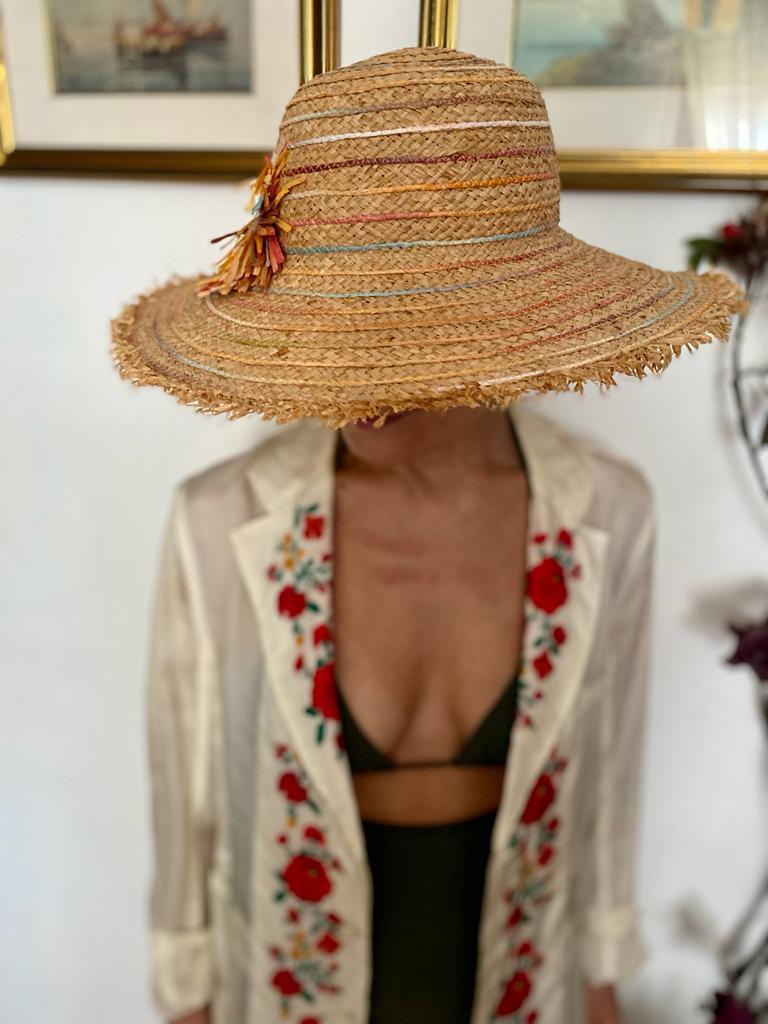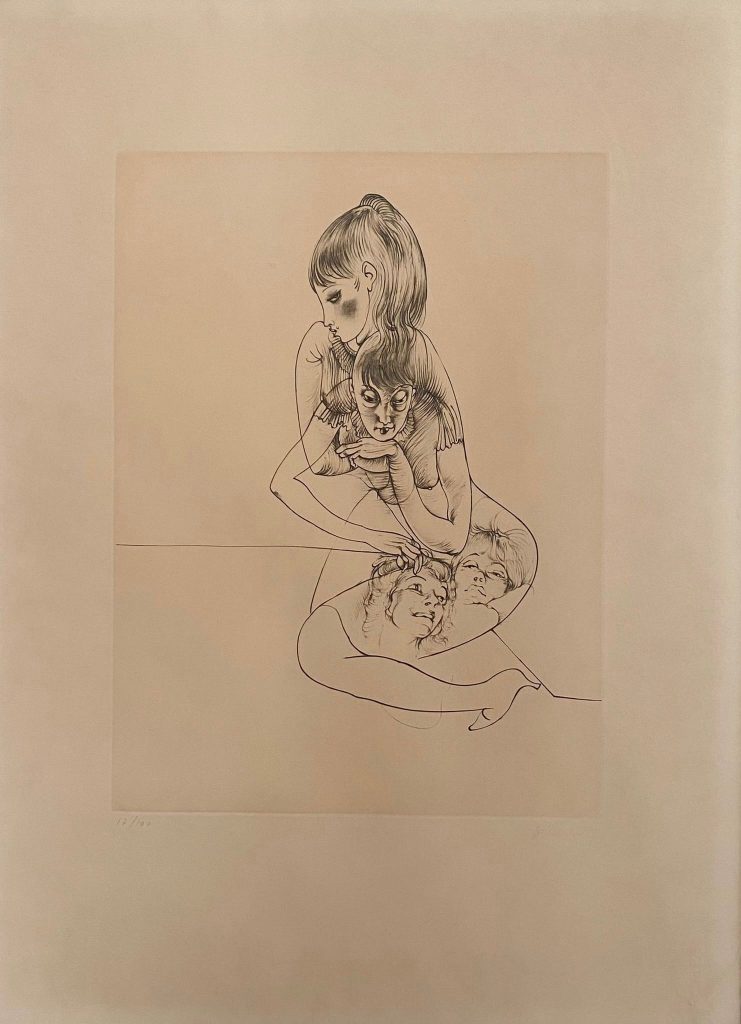Jane Birkin, Farewell
A style icon: the impact of inspiration on reality
On July 16, Jane Birkin passed away aged 76 in her Parisian home. The British-born singer, actress and muse has shaped the image of the French allure. Indeed, she will represent the symbol of Bohemian coolness forever.
Cinema, music and style icon, she also inspired the famous Hermes Birkin bag. Actually, she hadn’t just provided the inspiration, but she had suggested what kind of capable handbag she needed when she had met the French maison president on a flight.
Of course, everyone knows Jane Birkin. So, the purpose of our exploration is not to revisit her life. In fact, you may watch “Jane by Charlotte,” the documentary released by her daughter, Charlotte Gainsbourg, in 2021. Instead, we want to analyse to what degree Jane Birkin, regarded by other women as a style example, impacted women’s fashion in reality.
Jane Birkin: timeless style
Undoubtedly, her 60s and 70s outfits marked women’s fashion, making her a point of reference for all designers. But, her latest style represented an evolution: white men’s shirts, oversized coats, blazers, boyfriend jeans and white denim, and flat shoes. Yes, in some interviews, she said she started wearing men’s clothes (now fashion marketing has discovered genderless style). Rugged but refined, mannish but feminine, clothes mixed with that touch of nonchalant elegance typical of someone who can say: ‘my clothes are nice, but I look cool because I am so.’ Indeed, style goes beyond clothes: it reflects that inner quid that clothes alone cannot give. And her style reflected her attitude. In the end, people can buy the bag, but reaching that level of coolness is another story.
However, her effortless style passed through time and evolved with a sense of timelessness, making her an eternal muse.
She could choose to age according to contemporary standards. On the contrary, she left her face to show the signs of time, with no trace of plastic surgery. A woman who aged beautifully–true to herself and always elegant.
Jane Birkin: from inspiration to reality
Now think about women who celebrate her as a style icon. How do these women process their style from inspiration to reality? What do they wear? And how are they manipulating their image? Swollen faces, bigger and bigger, to the point of losing traces of human features. Smooth but fake. Bodies are an explosion of plastic. Not to mention clothes that have no idea of elegance.
So, from idolising a muse to reality, what goes wrong? If women say: “we love her style” – what happens afterwards? We’re curious to hear some comments.
Ultimately, no woman in our contemporary universe could wear a naked dress as Jane Birkin did. Her timeless, chic, unforgettable style is on the verge of extinction.
Jane Birkin, Farewell Read More »

